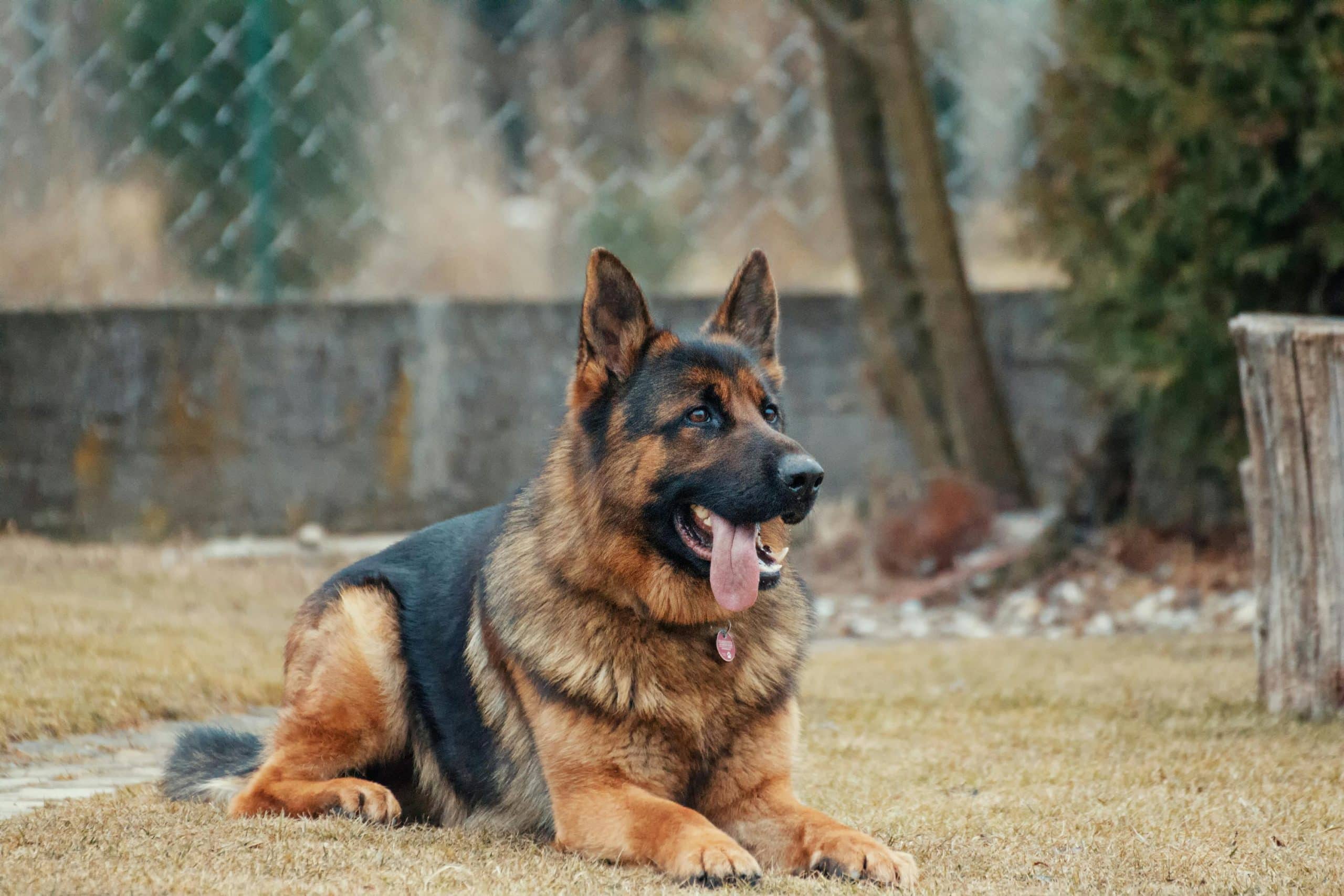What Are the Best Methods for Teaching a Dog to Be Quiet on Command?

As dog lovers, you understand that barking is a natural behavior of your furry friends. It’s their way of communicating, expressing their feelings and alerting you to potential dangers. However, excessive barking can become problematic, causing stress and annoyance for you and your neighbors.
Thankfully, like any other behavior, barking can be managed through training. With a little patience and consistency, it’s totally possible to teach your dog to be quiet on command. And we’re here to guide you through some of the best methods recommended by the American Kennel Club (AKC).
Cela peut vous intéresser : How to Develop a Safe and Enjoyable Walking Routine for a Bengal Cat?
Understanding Why Dogs Bark
Before diving into training methods, it’s crucial to understand why dogs bark in the first place. Dogs bark for a variety of reasons, such as alerting you to perceived dangers, expressing excitement or anxiety, or simply because they’re bored. By identifying the cause of your dog’s barking, you can address it more effectively and tailor your training to suit your dog’s needs.
Let’s say your dog barks excessively when they see other dogs or people outside. This could indicate that they’re territorial or anxious. In such a case, training your dog to focus on you or redirecting their energy to a more positive behavior could help.
Lire également : How to Properly Acclimate a Saltwater Fish to a Reef Tank Environment?
On the other hand, if your dog barks when they’re left alone, they might be experiencing separation anxiety. Addressing this would require a different approach, such as making sure they have enough mental stimulation and exercise to tire them out before you leave.
Incorporating the "Quiet" Command into Training
Once you’ve identified why your dog barks, you can begin to incorporate the "quiet" command into their training. This can be a relatively straightforward process with a step-by-step approach.
Firstly, allow your dog to bark naturally. As dog owners, this might seem counterproductive initially, but it’s essential for this training method. Once your dog starts barking, calmly say "quiet." If your dog stops barking, immediately reward them with a treat or praise. This step is crucial as it helps your dog associate the command with the desired behavior.
Remember to use a calm and firm voice when giving the command. Shouting or getting frustrated can confuse your dog, as they might mistake your raised voice for barking. With consistency, your dog will start to understand what the command means.
Teach Your Dog to Bark on Command
Another effective method is teaching your dog to bark on command, also known as the "speak" command. This might seem paradoxical, but it can be quite useful. Once your dog can bark on command, you can then teach them the "quiet" command. This gives you more control over their barking behavior.
To teach your dog to bark on command, you can use a trigger that naturally makes them bark, like the doorbell or a toy. Say the command "speak" when they start to bark. Once they’ve barked a few times, say "quiet" and offer a treat or praise when they stop barking. Over time, your dog will associate the command with the behavior.
This method requires patience and consistency. However, with time, your furry friend will learn to bark only when asked to, which can significantly reduce unnecessary barking.
Using Positive Reinforcement
Throughout these training methods, positive reinforcement is essential. Dogs respond well to rewards, so offering treats, praise, or even a favorite toy when they follow a command can encourage them to repeat that behavior.
When your dog responds to the "quiet" command, immediately give them a reward. It’s important to do this within a few seconds of the behavior to ensure your dog makes the correct association. Over time, this will reinforce the behavior, making it more likely that your dog will respond to the "quiet" command.
Remember, always reward good behavior and ignore undesirable behavior. Never punish your dog for barking as this can lead to fear and confusion, which might exacerbate the problem.
Engaging in Regular Training Sessions
Finally, regular training sessions are vital in teaching your dog to be quiet on command. Aim to conduct short, regular training sessions throughout the day, as training is more effective in short bursts.
Dogs, just like humans, can get tired or bored if training sessions drag on for too long. So keep them short and sweet. Ideally, conduct a few 5-10 minute sessions a day, focusing on one command at a time.
Remember to be patient. Training a dog can take time, and progress might be slow. But with your consistency and positive reinforcement, your dog will eventually learn to be quiet on command, leading to a more peaceful and harmonious living environment.
So, there you have it. While it may seem daunting to teach your dog to be quiet on command initially, with patience, consistency, and understanding, it’s entirely possible. So why not start today? Your neighbors, your ears, and even your dog will thank you!
Making Use of Hand Signals in Dog Training
Hand signals can serve as a very effective tool in teaching your dog to stop barking on command. Dogs are inherently visual animals, and their ability to perceive and respond to visual cues is quite remarkable. Incorporating hand signals into your training routine can help build a strong channel of non-verbal communication between you and your dog.
To start training your dog using hand signals, begin by associating a specific gesture with the "quiet" command. You could perhaps choose to put your finger to your lips, mimicking the universal sign of silence. Whenever you give the verbal "quiet" command, accompany it with your chosen hand signal. With consistent practice, your dog will start associating the hand signal with the need to stop barking.
While using hand signals, remember to keep your gestures clear and distinct. Ambiguous or complex signals might confuse your dog and hinder their learning process. Also, ensure that your hand signal for the "quiet" command is different from other hand signals you use in training to avoid confusion.
As with any other training method, patience and consistency are key when using hand signals. Over time, your dog will not only learn to respond to your "quiet" command but will also start understanding your hand signals, creating a richer and more dynamic training experience.
Involving a Professional Dog Trainer
While many owners can successfully train their dogs to stop barking on command at home, some dogs might require a bit more help. In such cases, getting a professional dog trainer involved can be extremely beneficial.
A professional dog trainer, especially one experienced in dog sports or canine good citizen training, can provide invaluable insights and techniques tailored specifically to your dog’s needs and temperament. They can also help address any specific problems you might be facing during training, such as your dog not responding to the "quiet" command or getting too excited and barking excessively.
Remember, every dog is different, and what works for one might not work for another. A professional dog trainer can help you understand your dog’s unique needs and customize a training plan accordingly.
Working with a professional does not mean you’re not a good dog owner. It simply means you’re seeking the best help possible to ensure your dog learns in a healthy and effective manner.
Conclusion
Managing your dog’s barking behavior might seem like a daunting task at first. However, with the right approach and a lot of patience, you can turn it into an enriching experience that strengthens the bond between you and your furry friend.
Remember, it’s crucial to understand why your dog barks excessively in the first place and tailor your training methods accordingly. Be it using the "quiet" command, teaching your dog to bark on command, using positive reinforcement, or incorporating hand signals into your training routine, every step you take is valuable progress.
Don’t hesitate to involve a professional dog trainer if you find yourself facing challenges in training your dog to be quiet on command.
With consistent efforts and a lot of love, you’ll soon be able to teach your dog to be quiet on command, ensuring a happy, peaceful, and harmonious co-existence for both of you. So, start today and reward your dog for every tiny success. After all, every great journey begins with a single step.
